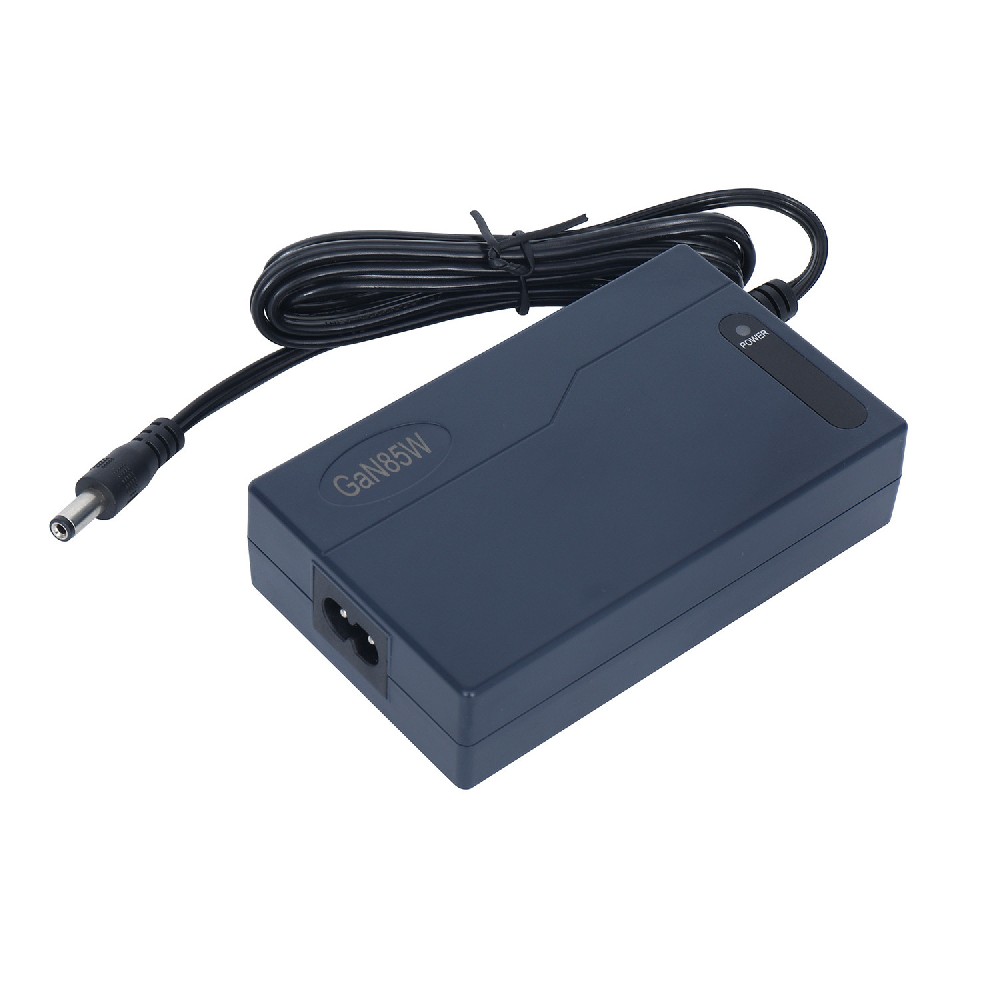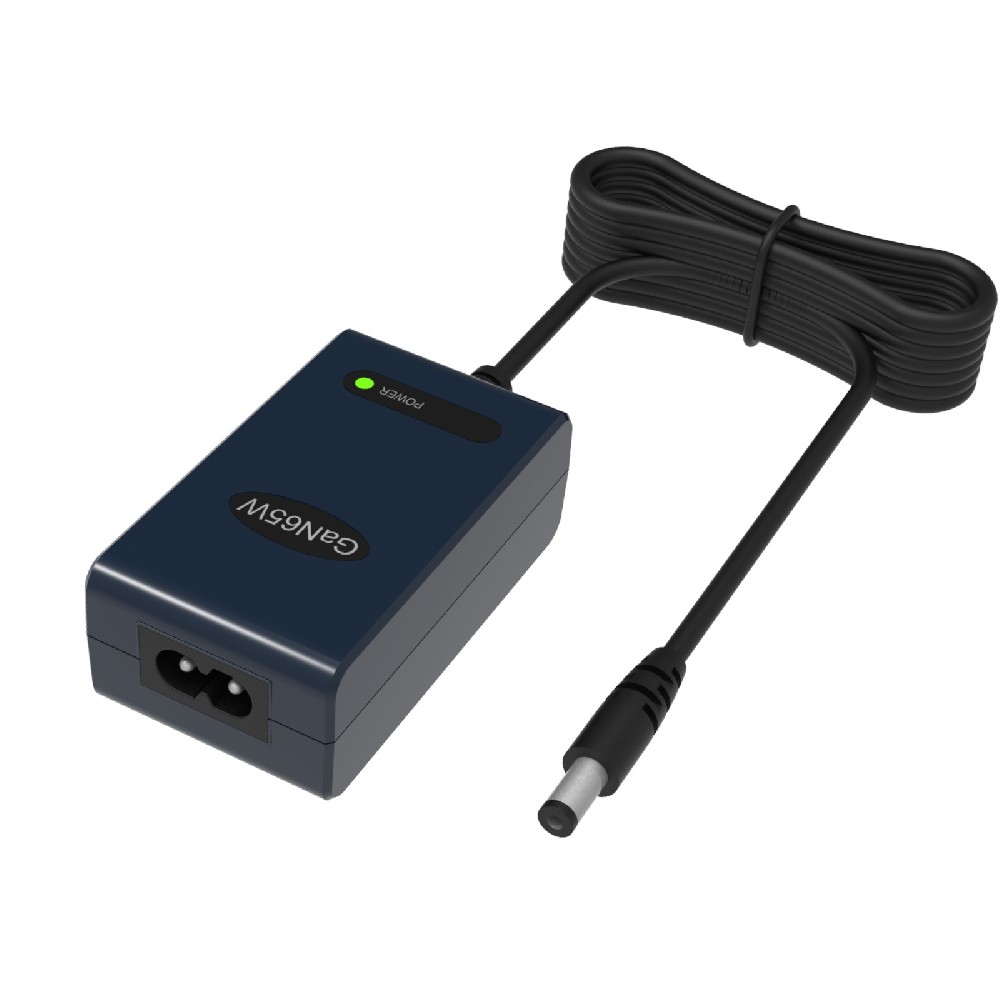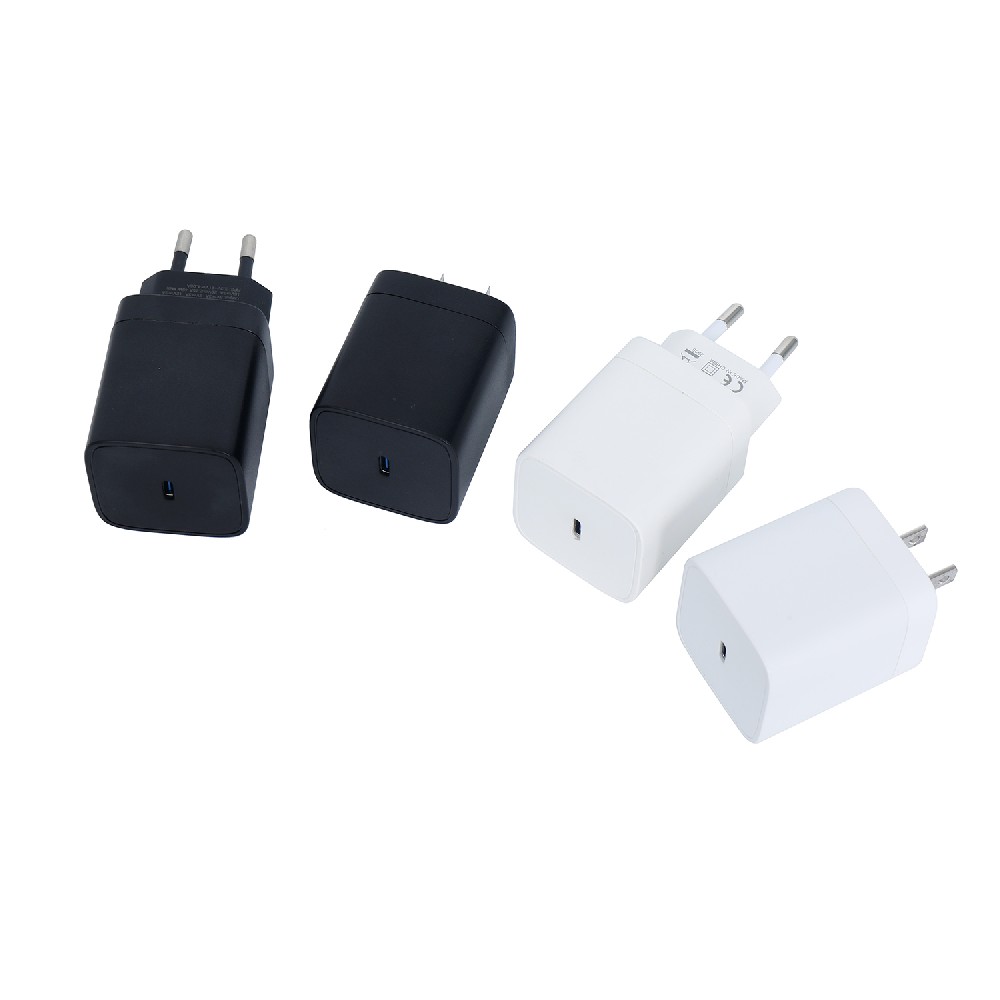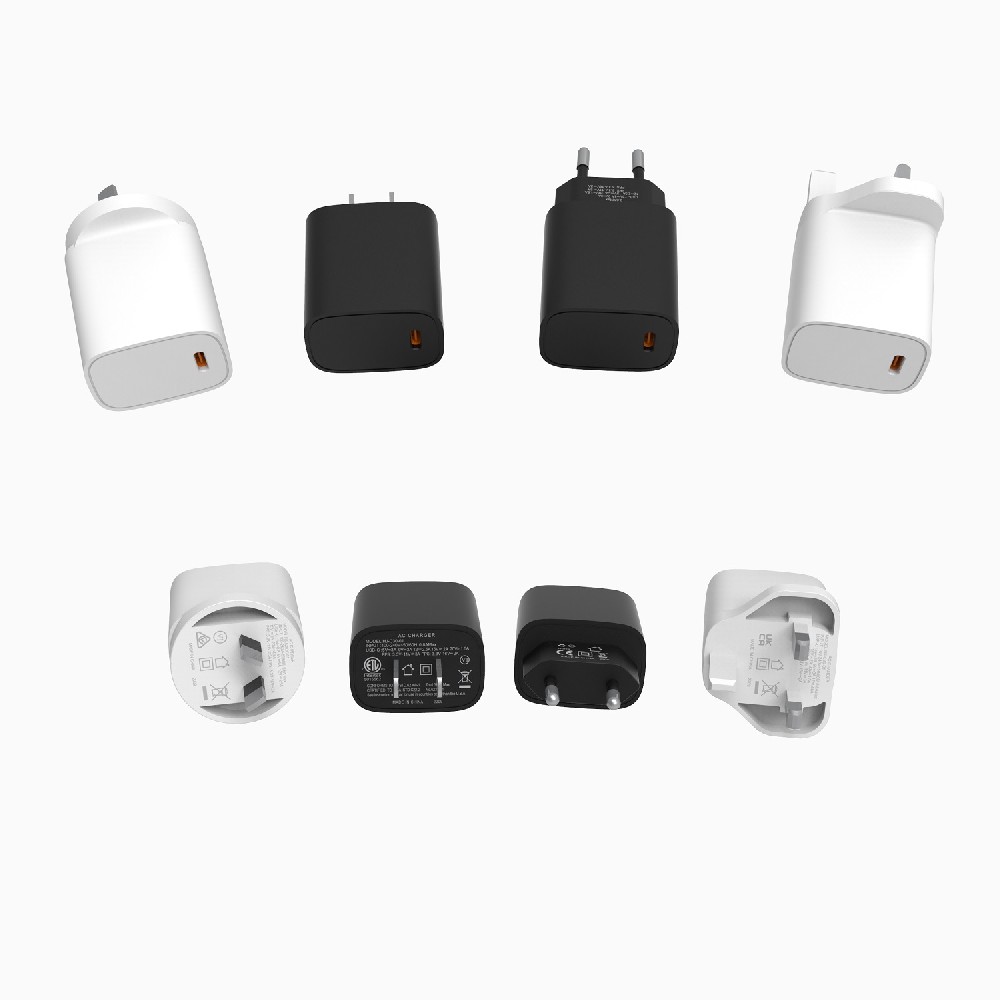Information Center
Drill Power Adapter Selection Guide: Core Considerations for Production and Design
Published:2025-04-22 17:03:47 Author:admin Views:56Introduction
With the rapid development of the power tool market, drills, as high-demand industrial and household tools, have their performance directly influenced by the reliability, safety, and user experience of their power adapters. For drill manufacturers, selecting the right power adapter involves not only meeting the power requirements of the drill but also balancing safety, cost-effectiveness, market trends, and production feasibility. This article systematically outlines the key considerations for selecting drill power adapters from technical parameters, safety standards, thermal design, cost control, and market applications, providing comprehensive guidance for manufacturers.
I. Core Technical Parameters for Drill Power Adapter Selection
1. Output Voltage and Current Matching
Voltage Matching: The rated voltage of a drill is typically AC voltage (e.g., 220V) for corded drills or DC voltage (e.g., 12V, 18V, 24V) for cordless drills. The adapter's output voltage must fully match the drill's input voltage; otherwise, it may cause equipment damage or safety hazards. For example, brushless motor drills typically require stable DC voltage, while high-power impact drills may need higher instantaneous current support.
Current Requirements: Based on the drill's rated power (P=V×I), the adapter's output current must meet peak current demands. For instance, an 800W corded drill operating at 220V requires at least 3.6A of continuous current, with an additional 10%-20% margin to handle transient loads.
2. Input Voltage Range and Compatibility
Global Voltage Compatibility: The adapter should support a wide input voltage range of 100V-240V to accommodate different grid standards worldwide (e.g., 110V in North America and 230V in Europe). This requires a wide-range switch-mode power supply design to avoid equipment failures caused by voltage fluctuations.
Interface Compatibility: The adapter's output interface must fully match the drill's charging port or plug. For example, cordless drills commonly use DC jacks or USB-C ports, while professional equipment may require custom interfaces to prevent reverse insertion.
3. Power and Efficiency Optimization
Power Density: The adapter's power must align with the drill's maximum power requirements. For example, high-torque impact drills may require adapters over 1000W, while household cordless drills need adapters that coordinate with battery capacities (e.g., 2Ah-5Ah).
Energy Efficiency Ratings: Select adapters that comply with international energy efficiency standards (e.g., IEC 62301), ensuring a conversion efficiency of ≥85%. High efficiency reduces energy consumption and heat generation, extending the device's lifespan. For instance, adapters using synchronous rectification technology can improve efficiency by 5%-10% compared to traditional designs.
II. Safety Design and Certification Standards
1. Safety Protection Features
Overload and Short Circuit Protection: Adapters must integrate overcurrent protection (OCP) and short circuit protection (SCP), automatically cutting off output when the current exceeds 150% of the rated value. For example, thermistors or fuses can be used for rapid response.
Overvoltage and Overtemperature Protection: Dynamic protection is achieved through voltage monitoring circuits (e.g., TL431 chips) and temperature sensors (NTC thermistors), preventing damage caused by voltage spikes or poor heat dissipation.
Insulation and Grounding Design: The input side must feature double insulation or grounding protection (e.g., per IEC 60950 standards), ensuring leakage current ≤0.7mA to avoid electric shock risks.
2. Certifications and Testing Requirements
International Safety Standards: Adapters must pass certifications such as UL (USA), CE (EU), FCC (USA), and CB (globally recognized). For example, CE certification must meet EN 60950-1 requirements for electrical safety, mechanical strength, and fire resistance.
Safety Testing Items:
Electrical Strength Test: Apply 1.5 times the rated voltage in a withstand test to ensure insulation materials do not break down.
Temperature Rise Test: Under full load conditions, the outer shell temperature must remain ≤60°C (per GB 4943).
Electromagnetic Compatibility (EMC): Pass conducted and radiated interference tests to avoid interference with other electronic devices.
III. Thermal Design and Lightweight Balance
1. Thermal Structure Optimization
Material Selection: Use high thermal conductivity aluminum alloy housings (thermal conductivity ≥200 W/m·K) or composite heat sinks, combined with heat pipe technology (e.g., copper cooling plates in Dongjingda patents) to improve heat dissipation efficiency.
Active vs. Passive Cooling: High-power adapters (e.g., above 1000W) require built-in fans, while low-power models can achieve passive cooling by increasing the surface area of the housing. For example, using finned heat sinks can reduce thermal resistance by 30%.
Layout Optimization: Position heat-generating components (e.g., transformers, capacitors) away from sensitive circuits and reduce heat accumulation through optimized PCB routing.
2. Lightweight and Reliability
Streamlined Structure: Use one-piece injection-molded housings to reduce the number of parts and lower weight. For example, cordless drill adapters can be designed to weigh ≤200g for portability.
Material Substitution: Use lightweight yet high-temperature-resistant materials (e.g., magnesium alloy or engineering plastics) while ensuring mechanical strength.
IV. Compatibility and Expandability Design
1. Multi-Device Compatibility
Voltage/Current Adjustment Functionality: Support different drill models through adjustable output circuits (e.g., PWM control), such as compatibility with 12V/18V/24V battery packs.
Interface Expansion: Add USB-A or Type-C ports to the adapter to meet users' needs for charging other devices, enhancing product value.
2. Future Technology Adaptation
Smart Reserved Interfaces: Add communication interfaces (e.g., I2C or Bluetooth) to the adapter to support integration with smart drill battery management systems (BMS) for real-time charging status monitoring.
Modular Design: Use replaceable power modules to facilitate future upgrades to higher power levels or support for new battery technologies (e.g., solid-state batteries).
V. Cost Control and Supply Chain Management
1. Key Component Selection
Transformers and Capacitors: Choose low-loss transformers (e.g., EI-type or toroidal ferrite) and high-voltage capacitors (e.g., X2/Y2 safety capacitors) to balance cost and lifespan.
Chip Solutions: Prioritize integrated power management chips (e.g., TI's TPS54331) to reduce the number of discrete components and simplify circuit design.
2. Production Process Optimization
Automated Production Lines: Use SMT assembly processes and automated testing equipment (e.g., ICT online testing) to improve yield rates and reduce labor costs.
Supplier Management: Establish long-term partnerships with certified component suppliers (e.g., Vishay capacitors, Murata transformers) to ensure quality and delivery timelines.
3. Lifecycle Cost Analysis
Maintenance Costs: Design modular structures that allow for repairs, such as separating the power module from the housing, reducing after-sales replacement costs.
Environmental Compliance: Use RoHS/WEEE-certified materials to avoid additional costs due to changes in environmental regulations.
VI. Market Trends and User Demand Alignment
1. Smart and IoT Integration
Intelligent Charging Features: Use microcontrollers embedded in the adapter to achieve constant current/constant voltage charging, battery health monitoring, and overcharge protection, enhancing user experience.
Remote Management: Support viewing charging status or setting timed charging via a mobile app, aligning with smart home trends.
2. Environmental Sustainability
High-Efficiency Design: Reduce carbon emissions by improving energy efficiency, aligning with global green manufacturing policies.
Recyclable Materials: Use recyclable plastic housings and lead-free solder to meet environmental certification requirements.
3. Market Segmentation
Professional vs. Consumer-Level Differentiation:
Professional: Adapters must support high power (e.g., above 2000W), wide voltage input, and industrial-grade protection ratings (IP54).
Consumer: Emphasize lightweight, portability, and low cost, such as using plastic housings and simplified protection features.
VII. Conclusion
Selecting a drill power adapter is a systemic engineering process involving multiple dimensions such as technology, safety, cost, and market trends. Manufacturers must start from the actual needs of drills, incorporate the latest technological trends (e.g., intelligence, lightweight design), and ensure product reliability through rigorous testing and certification. In the future, as power tools evolve toward higher power, intelligence, and environmental sustainability, adapter designs will increasingly focus on energy efficiency optimization, user experience, and sustainability. Through scientific selection and innovative design, manufacturers can gain a competitive edge in the market while providing users with safe, efficient, and durable power tool solutions.
Power Adapter Design and Customization Guide for Portable Electric KettlesI. Common Design Types for Portable Electric Kettle Power AdaptersPortable electric ke···
I. Common Design Types of Power Adapters External Independent Type (Most Common) Design: A standalone adapter (e.g., "black brick") connected to the p···
Handheld Vacuum Cleaner Power Adapter Selection GuideIntroductionHandheld vacuum cleaners have become a mainstream tool for household cleaning due to their port···
Drill Power Adapter Selection Guide.drill-container { font-family: Arial, sans-serif; line-height: 1.6; max-width: 800px; margin: 0 auto; padding: 20px; } .dril···





